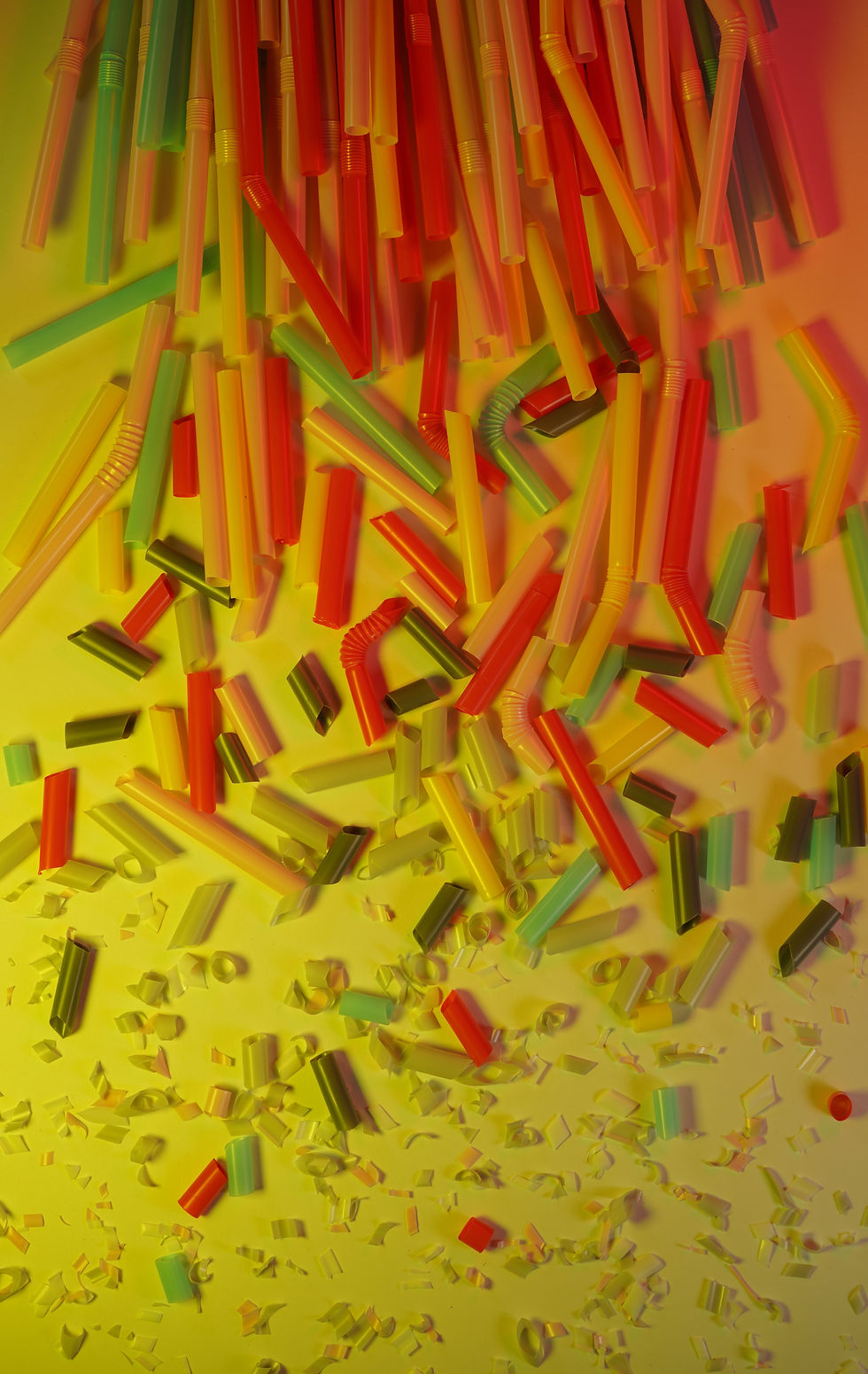Every Bee Counts
- claudiaavlis45
- Feb 17
- 3 min read

Unlocking the Secrets of Bee Activity for Better Almond Yields
For years, almond growers have relied on bee flight hours as a rough estimate of honey bee foraging activity during the crucial almond bloom. It's a practical, if imperfect, measure. But what if we could move beyond estimates and know exactly how many bees are working in the almond orchards? Emerging sensor technology is making that a reality, allowing us to count every single bee leaving and entering a hive. This article explores the fascinating data generated by these unique bee counters and delves into their potential for revolutionizing almond yield prediction.
Beyond Flight Hours: A New Era of Bee Monitoring
Traditional methods of assessing bee activity, such as flight hours, provide a general overview but lack the precision needed for truly informed decision-making. They can be influenced by weather conditions, the time of day, and even the presence of other pollinators. Imagine trying to predict the success of a complex project with only a vague idea of the workforce available – that's the challenge growers have faced.
Bee counters, on the other hand, offer a granular view of bee activity. These sophisticated sensors, often placed at the hive entrance, meticulously record each bee's departure and return. This continuous monitoring provides a wealth of data, far exceeding the information gleaned from flight hours.
The Data Tells a Story: Unveiling Bee Behavior
The data generated by bee counters paints a vivid picture of bee behavior. We can now track:
Daily rhythms: Observe the peak activity periods throughout the day and how they shift based on environmental factors.
Colony strength: Assess the overall health and productivity of the hive by monitoring the total number of bee trips.
Foraging patterns: Analyze the duration of foraging trips and infer information about the distance bees are traveling and the resources they are collecting.
Impact of external factors: See how weather changes, pesticide applications, or other external factors influence bee activity in real time.
From Bee Counts to Bumper Crops: Predicting Almond Yields
The real power of bee counter data lies in its potential for yield prediction. By correlating bee activity with actual almond yields, we can develop more accurate models for forecasting crop size. This information is invaluable for:
Optimizing orchard management: Growers can make informed decisions about irrigation, fertilization, and other practices based on predicted yields.
Negotiating contracts: Accurate yield predictions allow growers to negotiate fair prices with buyers.
Improving pollination strategies: Understanding bee activity patterns can help growers optimize the placement of hives and ensure adequate pollination.
Early Findings and Future Directions
While the technology is still relatively new, early research suggests a strong correlation between bee counts and almond yields. Studies have shown that hives with higher bee activity tend to produce larger crops. However, more research is needed to refine these models and account for other factors that influence yield.
The future of bee monitoring is bright. As bee counters become more affordable and accessible, we can expect to see widespread adoption of this technology in almond orchards and beyond. Integrating bee count data with other data sources, such as weather patterns and soil conditions, will further enhance our ability to predict yields and optimize agricultural practices.
A Buzzworthy Innovation
The ability to count every bee is a game-changer for almond growers. This innovative technology provides unprecedented insights into bee behavior and offers the potential to revolutionize yield prediction. As we continue to explore the power of bee counters, we can unlock the secrets of bee activity and cultivate a more sustainable and productive future for agriculture. Every bee does count, and now, we can finally count them all.
#PrecisionAgriculture #BeeTech #Pollination #AlmondFarming #AgTech #AIinAgriculture #SustainableAgriculture #Innovation #DataDrivenFarming #Beekeeping #CropYields #AgriculturalTechnology #BeeCounters #SmartFarming #FutureofAgriculture
What are your thoughts on this exciting new technology? Share your experiences and insights in the comments below! Let's discuss how we can work together to create a more sustainable and productive agricultural future.








Comments